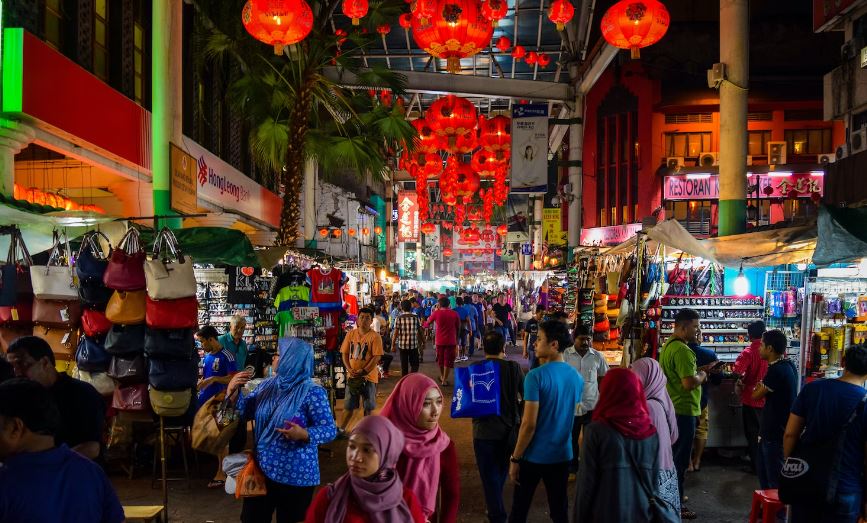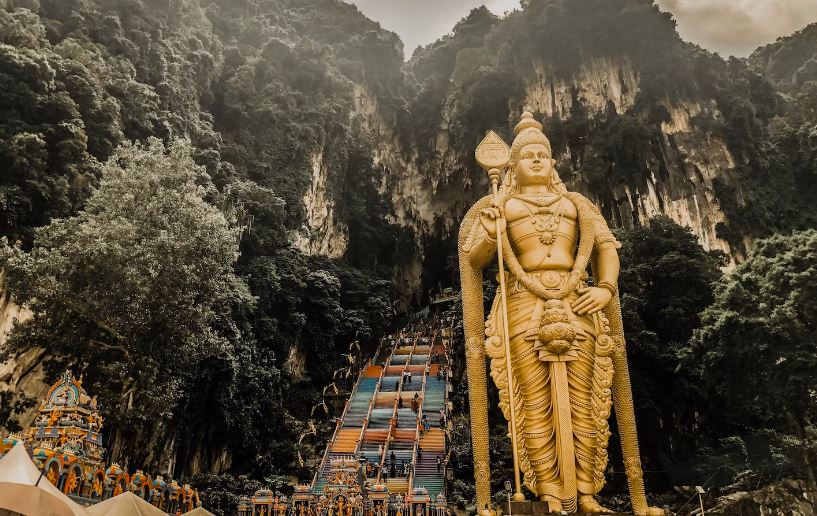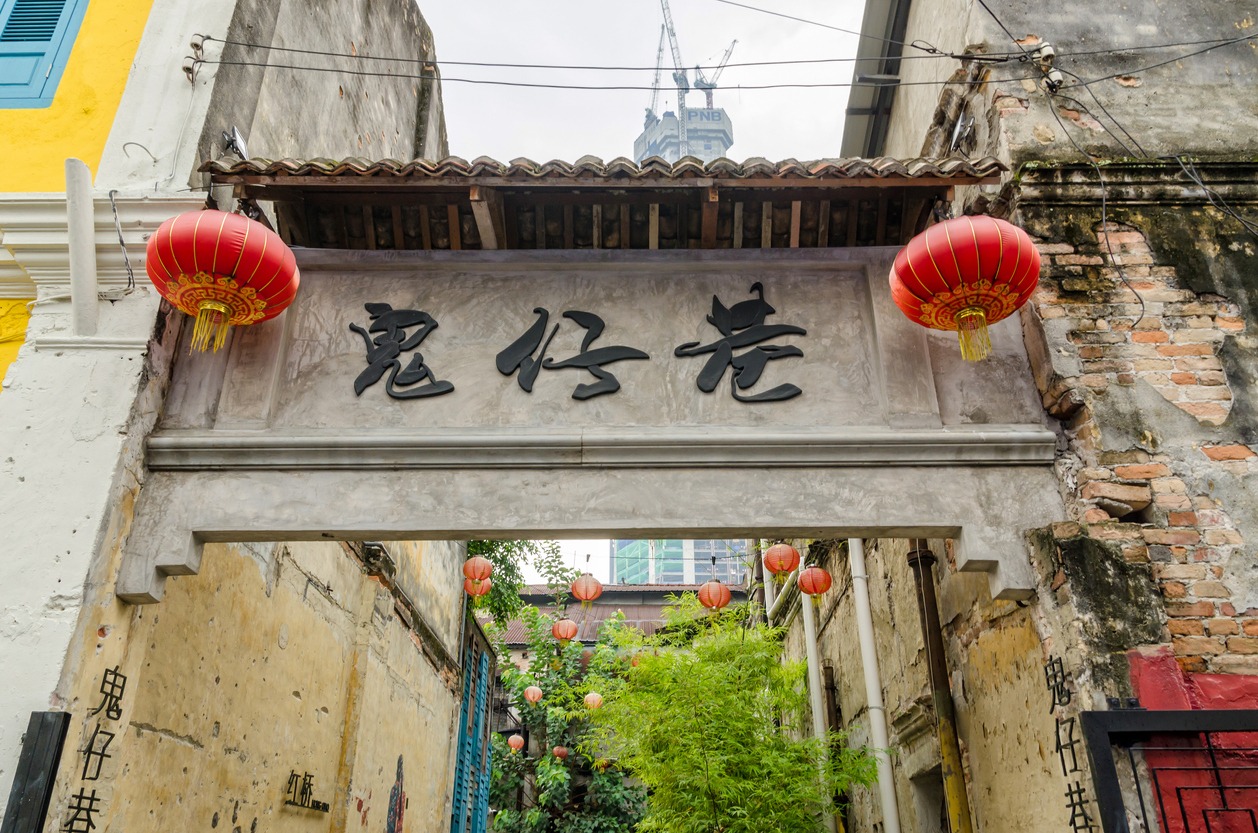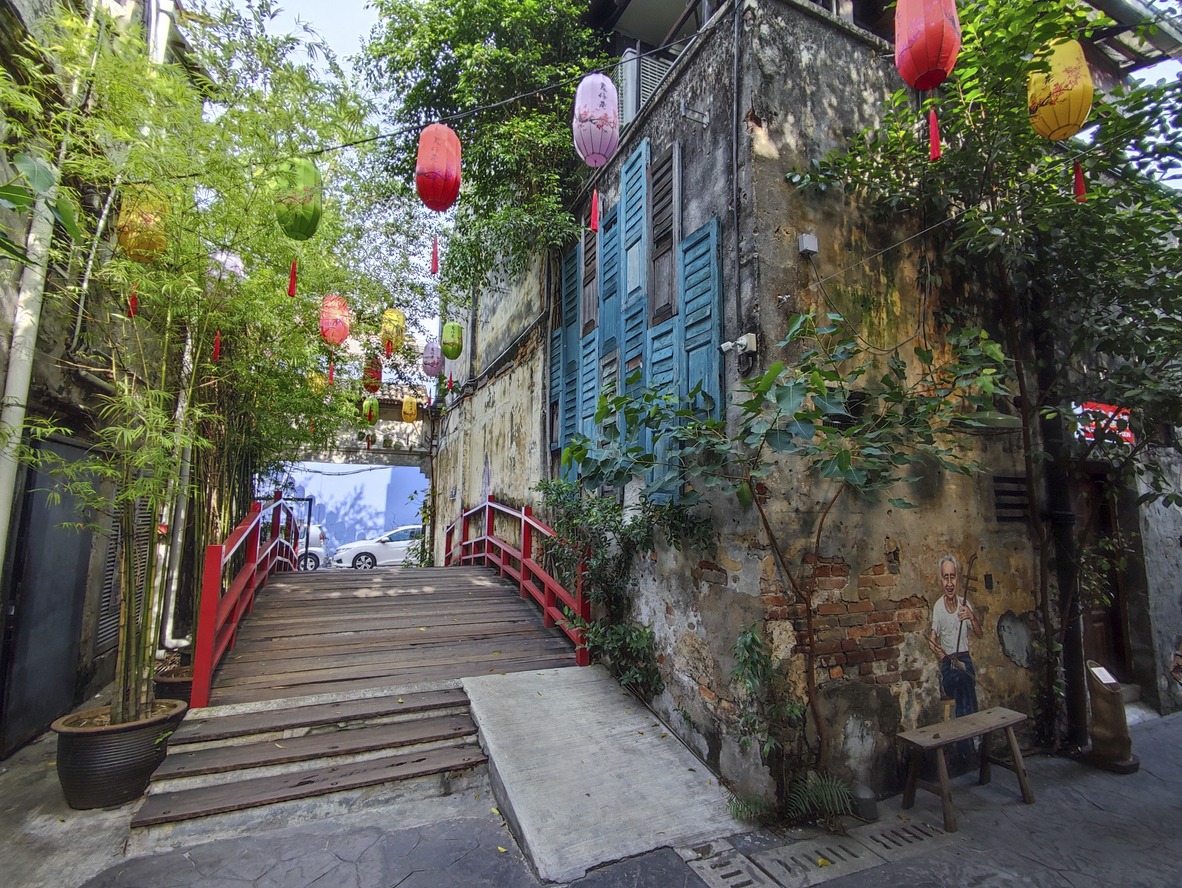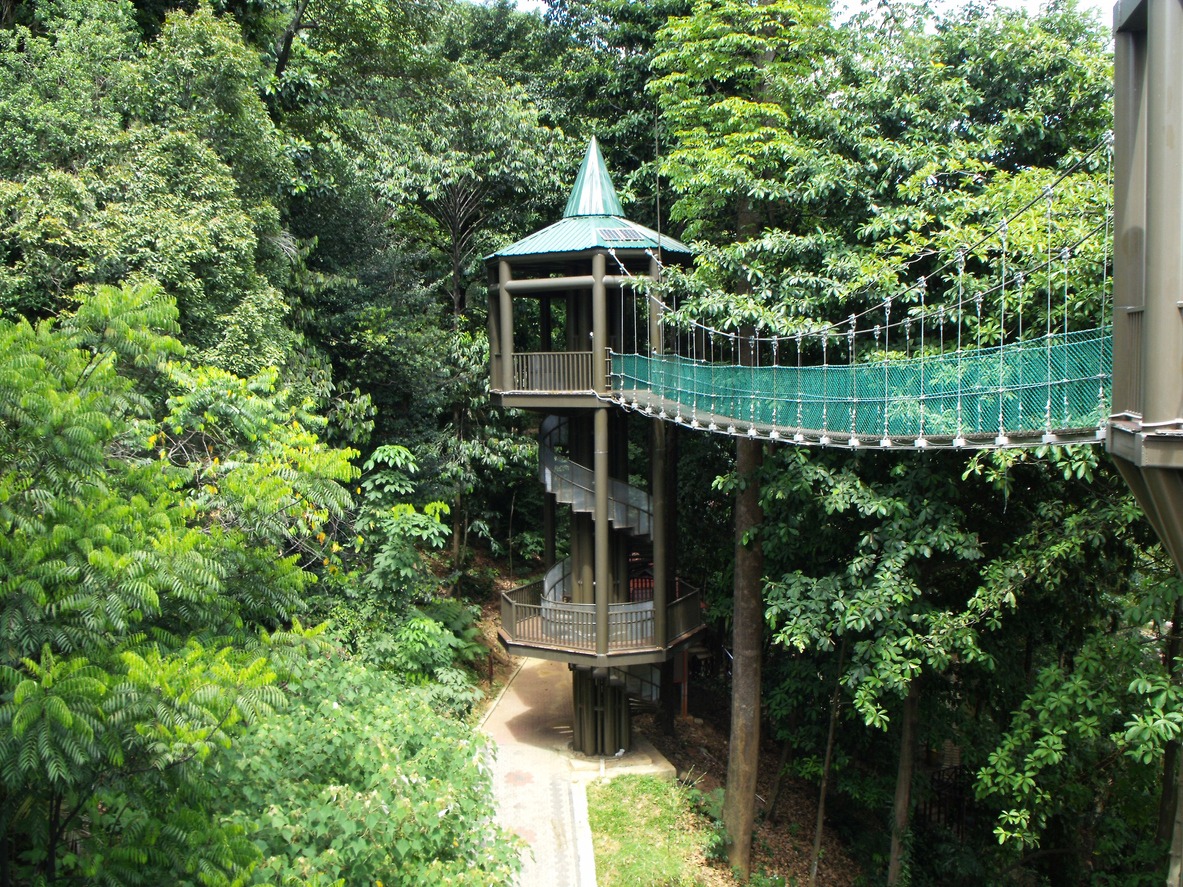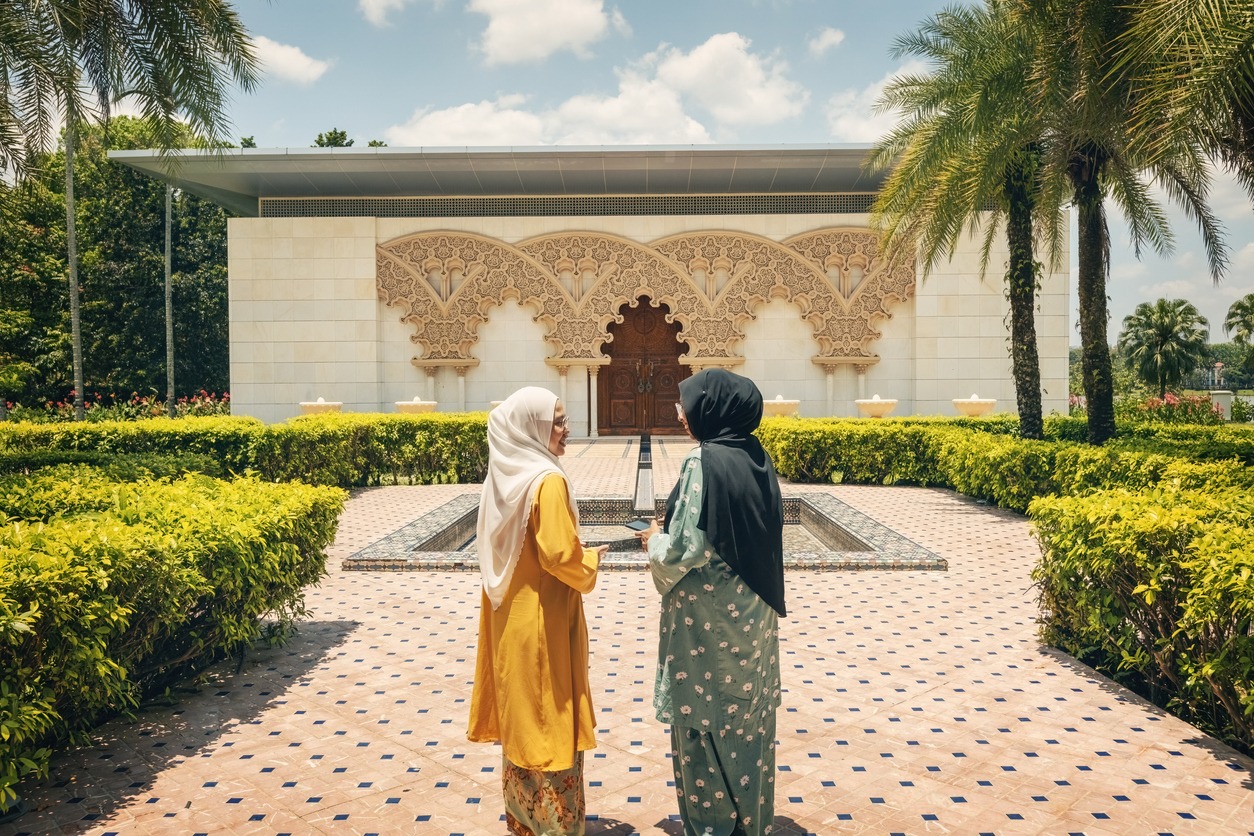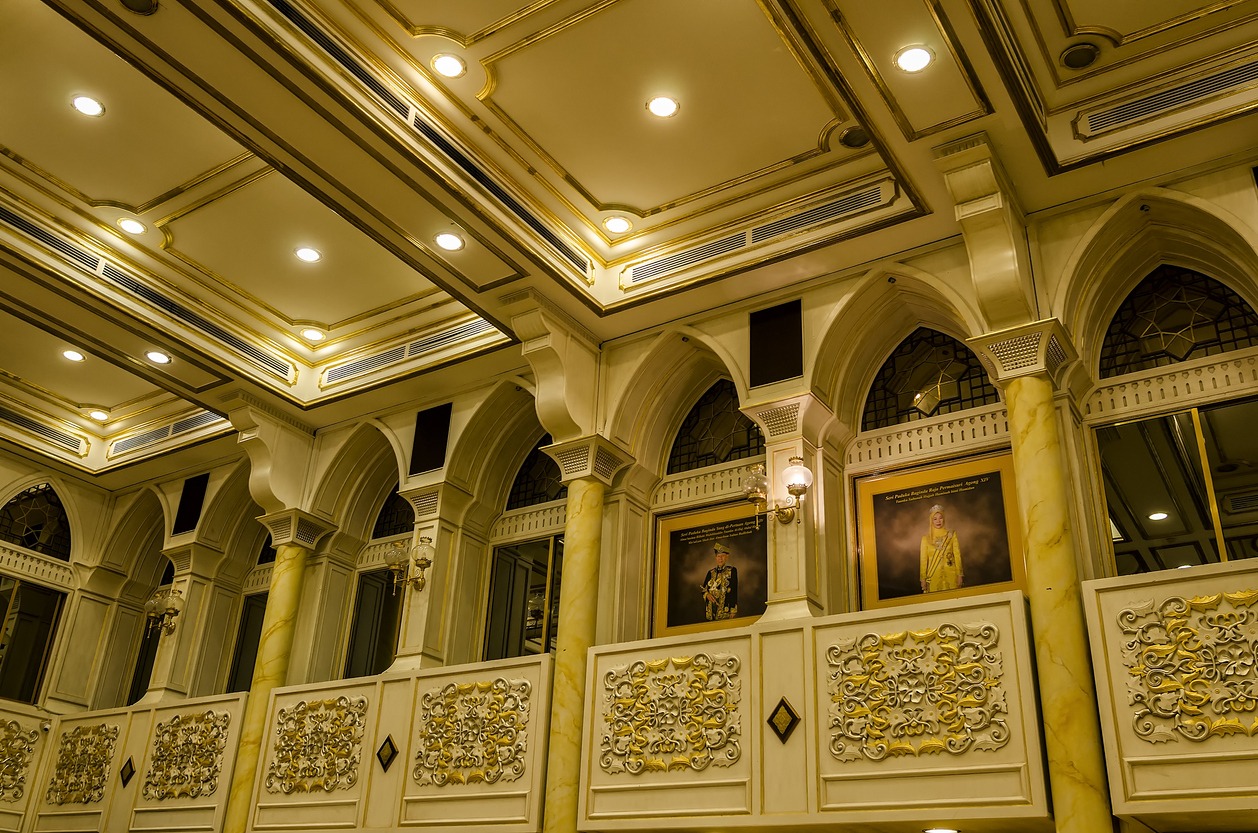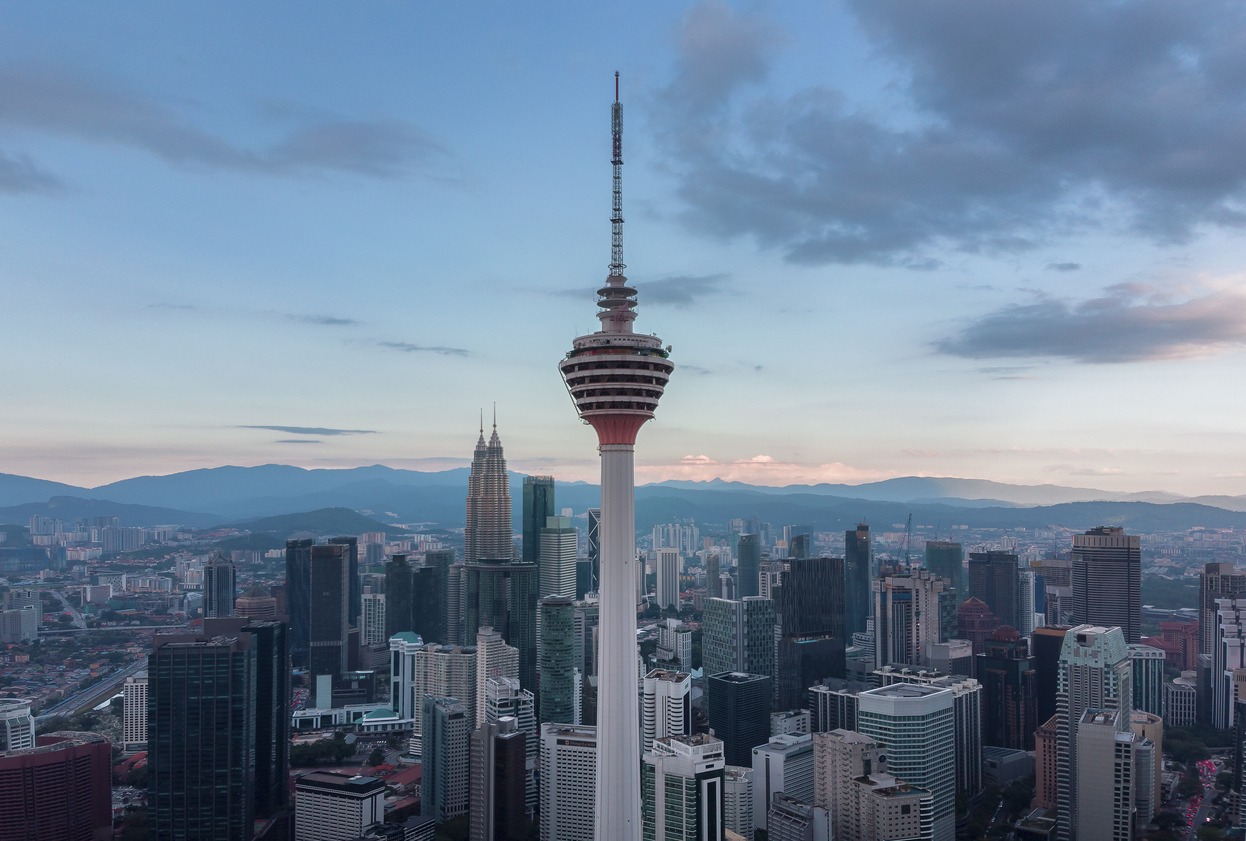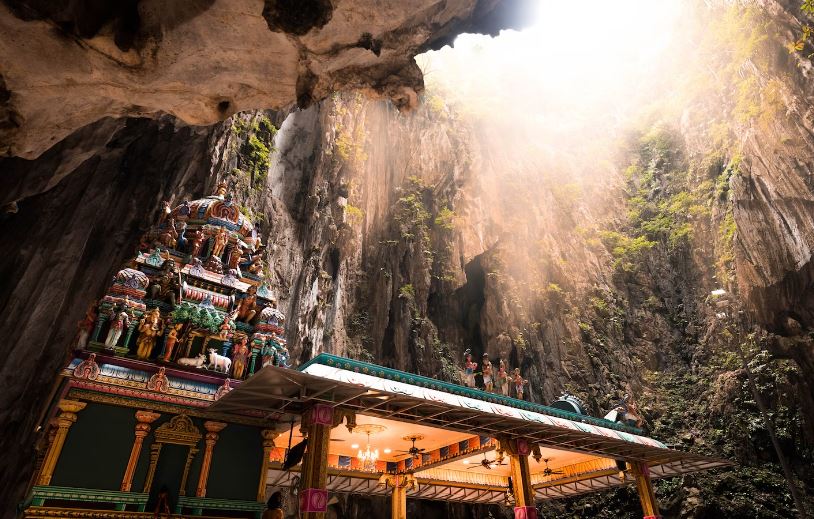Introduction
The huge and bustling city of Kuala Lumpur serves as the capital of Malaysia. Kuala Lumpur is a contemporary metropolis that is home to a variety of cultural and historic attractions. However, the city is most well-known for the quality of its shopping, outstanding food scene, famous structures, and entertaining things to do. You’ll also find some amazing natural wonders in the surrounding area.
Are you tired of visiting the same old tourist traps in Malaysia’s capital city, or are you eager to discover Kuala Lumpur outside the confines of the typical tourist routes? The following is a list of some of Kuala Lumpur and the surrounding area’s best-kept secrets, ranging from beautiful natural sites to architectural wonders, some of which even residents of the city may be unaware of.
The Brickfields
- This bustling neighborhood is worlds apart from the neighboring Bangsar, which earned its place as one of Airbnb’s top popular locations in 2016. You’ll discover rows of stores here that blast infectious Bollywood sounds and sell traditional goods like saris, spices, and delectable meals like Vada and Dosa pancakes.
- The locals most frequently refer to this area as “Little India.” In addition to this, it is home to historically significant religious sites, such as the Sri Kandaswamy Kovil temple, which dates back one hundred years. It is quite literally a different flavor of Kuala Lumpur, and anyone who is looking for alternative things to do in the city is strongly encouraged to visit it.
The Batu Caves
- The Batu Caves, which are located in the neighboring state of Selangor, may be reached quickly and easily from the city center. The limestone hill features several caverns that are worth exploring, and the overall complex is recognized as one of the holiest Tamil shrines located outside of India. A colossal golden statue in the shape of the Hindu god Lord Murugan may be found near the cave’s lowest point, where it serves as a shrine to the deity.
- The caves, which are believed to have been formed some 400 million years ago, have been used as places of worship and as shelters during the course of their existence. Since the late 1800s, the caverns have been held in particularly high regard by local Hindus. Each cave is home to a unique collection of artifacts, including temple caves and caverns devoted to nature. There are macaque monkeys that live in the area around the hill.
- You can buy a bag of food and feed the macaques that are scurrying around the location while you see the spectacular limestone hills that surround the area. To stop the monkeys from stealing your belongings and taking off with them, you should put all loose goods in secure containers and hide any additional food or drink they might find. Take a moment to be awestruck by the enormous statue of Lord Murugan. It is the largest statue of this deity that has ever been erected anywhere in the world.
- Visit the beautiful Temple Cave by ascending the 272 steps that lead there. Inside, you’ll find an abundance of religious statues and artworks distributed throughout the unique natural rock formations. Observe how many individuals make their way here to pray and carry out other religious rites. Cave Villa contains a greater number of shrines and statues, many of which depict scenes from various religious narratives.
- You may read about the narrative of Rama and view a gigantic statue of Hanuman, who is also known as the Monkey God if you go to the Ramayana Cave. Participate in a tour of the large undeveloped Dark Cave to see a variety of cave-dwelling species, some of which cannot be found in any other location.
Kwai Chai Hong
- A street steeped in history and decorated with pre-war buildings that have been lovingly renovated, Kwai Chang Hong is a popular destination for vintage lovers. Retrace your steps through the history of Chinatown in Kuala Lumpur by going on a trip down memory lane. Get your pictures taken next to social media-ready backgrounds or walls that feature specifically curated wall art from the past and get them uploaded to social media. You can have an interactive experience by scanning the QR code that is located next to each mural. This will allow you to be transported back in time.
- Take a good look at the only surviving lamp post from the initial set of lampposts that were put in Kuala Lumpur in the early 1900s. It was built a century ago. Kwai Chai Hong is one of the best-hidden locations in Kuala Lumpur because it ties the current generation to the era of calligraphers, wooden windows, open-air barber shops, lampposts, and other heritage sites of the past. current makes Kwai Chai Hong one of the best-hidden places in Kuala Lumpur.
The Alor Street Food Night Market
- During the day, Alor Street might not seem like the most exciting place in Kuala Lumpur, but as the afternoon and evening roll around, the neighborhood is transformed into one of the most popular places in the city for dining. Along the Alor Street Food Night Market, several vendors are cooking fresh and delicious meals, and there are also lots of tempting desserts to tempt you. Consuming food from street vendors is a great way to save money while traveling in Malaysia. In addition, you get to sample a wide variety of Malaysian dishes in a laid-back atmosphere. There is ample seating available outside, and several of the dining establishments also have seating places inside.
- At the fantastic Alor Street Food Night Market, you may gorge on a wide variety of delectable offerings. Be sure to bring some food with you because there will likely be a lot of items that both your nose and your taste buds will enjoy. Take a stroll down the lively street and keep an eye out for the many sellers who are preparing their wares. Look over the menus to see what catches your eye, then take a seat and wait for the delicious treats you ordered to be brought to your table.
- You can indulge yourself in a wide variety of foods, including the well-known satay, oyster omelets, fried chicken wings, dim sum, stir-fried noodles, soups, grilled fish, and curry, as well as many other options. Remember to save room for the sweets and drinks; the luscious coconut ice cream is a customer favorite. Relax with a glass of fruit juice or a drink while you watch a variety of street performers and listen to the music that is being played by buskers.
The Rumah Penghulu
- This beautiful wooden stilt house was once the family home of a village head from Kedah, and its current location in the middle of Kuala Lumpur comes as a pleasant surprise. The kampung was initially constructed in 1910 and is located in a tiny village in the northern region of Peninsula Malaysia. However, it was finally moved to Kuala Lumpur, where it underwent restoration after being moved there. To this day, it is still considered to be one of the greatest examples of Malay vernacular architecture and is one of the oldest traditional kampungs that has been preserved.
Lorong Panggung
- The short L-shaped alley of Lorong Panggung, which is sometimes called by locals as Little Ghosts Alley, can be located near the lively Chinatown, but the ambiance here is very different. Traditional business houses flank the street, some of which show street art that has been peeled and cracked, while strings of Chinese lanterns hang from the ceiling above. This area provides a glimpse into the past.
- A few of the businesses have little shrines outside, and old billboards have been repurposed to give cover and shade to the area. At some periods of the day, it manages to be both quiet and bustling with activity due to the presence of hungry customers. In an unhurried and tucked-away back lane away from the throng, there is a nice range of venues to sit down for a nostalgic lunch and experience Kuala Lumpur in the days gone by.
- As you make your way down the narrow lane, take in the cold atmosphere and pay attention to the colorfully painted doorways, lanterns, shrines, and artwork along the way. Take pictures of the historic storefronts and enjoy the ambiance of this bygone era while you do so. Come here for a traditional breakfast consisting of boiled eggs, kaya bread, and tea, and enjoy the simple pleasures of life as you watch the street begin to come to life. Grab some of your standard snacks, or if you’d rather, make yourself a lunch of fried noodles.
Kuala Lumpur’s Eco Forest Park
- It is difficult to realize, looking at the glittering skyscrapers of Kuala Lumpur, that the area that is now a concrete jungle was once a flourishing rainforest. This Eco Forest Park is the only portion of the city’s forest that is preserved and protected in any way. Explore the many hiking paths, canopy walks, and other outdoor activities that are available.
- The Kuala Lumpur Forest Eco Park is located atop what was formerly known as Bukit Nanas or Pineapple Hill. It features a small hill as well as the sole remaining tropical rainforest in the middle of a built-up city. Additionally, one of the earliest Malay communities in the city was located in this neighborhood. Even though the hill is home to several fascinating structures, such as the skyscraping Kuala Lumpur Tower and two schools that date back to the colonial era, it is still an excellent location to get away from the crowded city streets and enjoy some time in the great outdoors. In addition to the many available outdoor activities, there is also a museum that is rather tiny but very interesting. The forest extends across 22 acres, which is equivalent to nine hectares of land.
- Take a hike in the unspoiled rainforest along one of the jungle pathways while keeping an eye out for a wide variety of plants and animals. Within the expanse of vegetation live a plethora of birds as well as monkeys. You can put your fear of heights to the test on the canopy walk, take a stroll through the herb garden, and then have a picnic in the middle of the forest as you eat your lunch outside. Stop by the visitor center and take a look at the museum dedicated to forestry. You can also visit the two schools that were constructed during the colonial era, Convent Bukit Nanas and St. John’s Institution, which was designated a National Heritage Site in 1904.
Hibiscus & Orchid Garden
- The Orchid Garden may be accessed in a relatively short amount of time by car from the main part of the city. It can be found within the confines of the Perdana Botanical Garden grounds. Orchids come in a rainbow of colors, and this garden is home to a wide variety of species. The garden is lush and nicely designed. You can pick up some potted orchids at the store if you’d want to bring these flowers into your house if you’re feeling ambitious.
The Astaka Morocco
- Although a Moroccan pavilion is probably not the first thing that comes to mind when you think of Putrajaya, that is exactly what Astaka Morocco is. The structure, which can be found tucked away in a nook of the Putrajaya Botanical Garden and is flanked by carefully tended plants and a lake, was constructed with components that were brought from Morocco itself. When you see it in person, it truly is very incredible. It gives the impression that you have traveled back in time to one of Morocco’s oldest imperial towns thanks to the exquisite geometric carvings and mosaic tiles that are seen there.
Kuala Lumpur’s Bird Park
- The accommodations are suitable for families. The Kuala Lumpur Bird Park is regarded as one of the world’s largest enclosed aviaries for birds. It is home to over 3,000 birds belonging to over 200 different species. There are some species of birds from other parts of the world, such as Thailand, New Guinea, Australia, and Tanzania, but the majority of the birds are native to Malaysia.
- Other species were brought in from other locations around the world. It is a wonderful area to spend a few hours with your children or that particular someone, as it encompasses over 21 acres, which is equivalent to 8.5 hectares. In addition, there are areas to stop for refreshments and buy souvenirs within the park.
- It is recommended that visitors plan to spend a few hours exploring the big bird park to get the most out of the park’s four amazing zones and the wide variety of bird species. Pheasants, peacocks, flamingos, pelicans, kites, parakeets, and cockatiels are just some of the birds you’ll see as you make your way through the net-covered aviary in Zone 1. Once you have crossed the bridges into Zone 2, you will find that it is home to a variety of bird species, including the ostrich, the Nicobar pigeon, and the Baya weaver. In Zone 3, you’ll want to keep your eyes peeled for the bizarre and brilliantly colored hornbills that live in the tall treetops.
- In Zone 4, you’ll find a wide variety of colorful birds, including ostriches, parrots, cassowaries, and emus, among other avian species. If you’re a fan of large birds and beautiful avian species, this is the zone for you. Visit the Bird Gallery to gain a better understanding of the taxidermy process, make a pit stop at one of the feeding stations to see birds being hand-fed, and stop by the amphitheater to watch one of the many bird shows that take place throughout the day.
The Royal Museum
- The former Royal Palace of Istana Negara now serves as the location of the Royal Museum. Since the 1950s, this edifice has served as the royal palace, and it continued to be utilized as a residence for the royal family up until 2011. An influential Chinese tin dealer commissioned the construction of the stately edifice in the beginning so that he could use it as his residence.
- After the Japanese surrendered, the British Royal Air Force moved in and utilized the building as their headquarters. During the war, the Japanese commandeered the building to house their officers. After some time, it was converted into the Malay National Palace. It is currently open to the public, providing people with the opportunity to get a glimpse of how royalty used to live up until quite recent times.
- Take in the beauty of the reception rooms, taking note of the abundant use of yellow and gold, which are considered to be royal hues. Even though the chambers are furnished in a manner that is not quite as grand as that of a royal chamber, it is nonetheless fascinating to witness where royalty previously slept. Take in the breathtaking panoramas that stretch across the Klang River from this hillside site.
The Thean Hou Temple
- Members of the Hainanese community in Malaysia are responsible for the construction of the expansive and stunning Thean Hou Temple in the late 1980s. The six-tiered religious building is one of the largest temples in Southeast Asia. It incorporates aspects of Buddhism, Taoism, and Confucianism. Additionally, it has contemporary features in addition to those that are more traditional. There are a lot of intriguing statues, as well as exquisite detailing and brilliant colors. In addition to being dedicated to Thean Hou, a Chinese goddess who watches over fishermen, the temple also pays homage to several other deities across its grounds.
- The temple hosts several different events and celebrations throughout the course of the year, with the Chinese New Year and key Buddhist holidays being particularly busy times. The temple is also a popular location for wedding ceremonies and other types of celebrations, such as those held in honor of the temple’s three primary deities. There are also fortune tellers and classes in exercises like Tai Chi and Qigong located on the grounds.
- Walk through the impressive crimson archway that serves as the entrance of the temple, and then explore the gardens, which are very lovely. Discover the animal that corresponds to your zodiac sign according to Chinese astrology by examining the enormous statues that are located close to the pond that is inhabited by tortoises. You can pray to the Goddess of Mercy, Guan Yin, at the little ornamental waterfall after making a wish at the Wishing Well, strolling through the herb garden, standing beneath the sacred Bodhi tree, and concluding your journey by standing beneath the sacred Bodhi tree.
- Before heading inside to view the different sculptures and works of religious art, take some time to admire the pagoda-style edifice that has multiple levels from the outside. At the most important shrines, which are dedicated to Thean Hou, Guan Yin, and Wei Sheng Niang, you may witness the people praying and seeking favors.
Menara Kuala Lumpur
- The Menara Kuala Lumpur, often known as the KL Tower, has been in operation in the city since 1995, and it is a significant landmark on the skyline of the city. When the antenna is taken into account, its height is calculated to be 421 meters, which is equal to 1,381 feet. It is the highest observation point in the city that is open to the general public and can be found there.
- The upper lobby is filled with a variety of magnificent and glittering elements, and the big shopping center contains several lovely fountains. There are numerous different kinds of traditional Islamic ornamental features. In addition to its function as a communications tower, this tower plays a significant part during the Islamic month of Ramadan, when it is employed to locate the crescent moon.
- You can reach the observation deck in record time thanks to the lightning-fast elevators. Once there, you’ll be able to take in the breathtaking panorama of the city below. Make a good impression on your loved ones by treating them to a delectable lunch at the chic rotating restaurant while you watch the scenery transform in before of your very eyes.
- You can get diverse views of the city by ascending the tower at different times of the day, such as during the day or at night. In the upper foyer, several big glass domes feature floral patterns, magnificent tile work, and calligraphy that are based on the Quran. The lengthy mall features stores selling mementos, presents, and extravagant food. Visit the outside and view the tree that is one hundred years old that was saved during the construction of the tower.
Conclusion
You now know that Kuala Lumpur is a traveler’s paradise that is just waiting for you to discover it. Not only is it one of the safest cities in Malaysia, but it is also an absolute treasure. There are a lot of reasons to visit Malaysia, and they all begin with the city of Kuala Lumpur. Some of these reasons include colonial architecture, theme parks, and stunning religious buildings.

